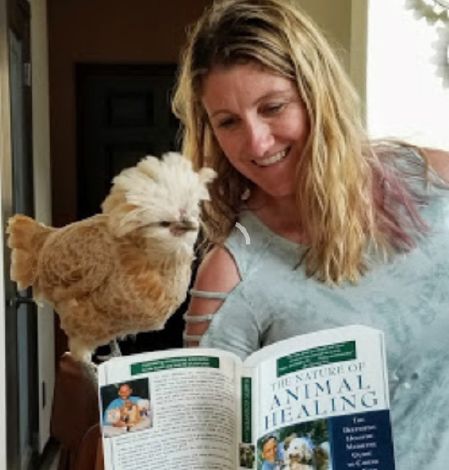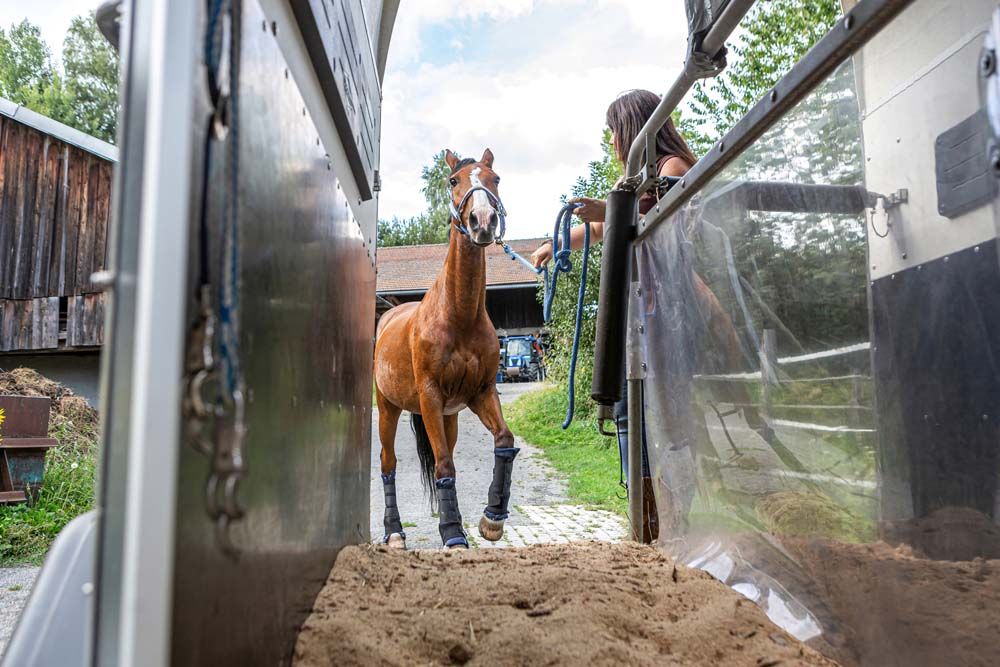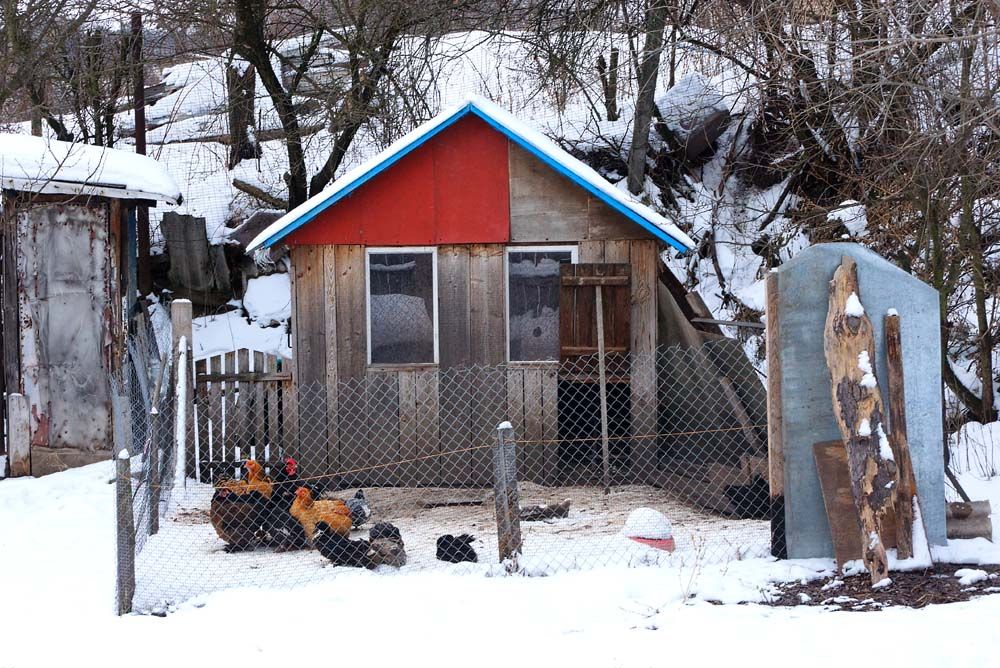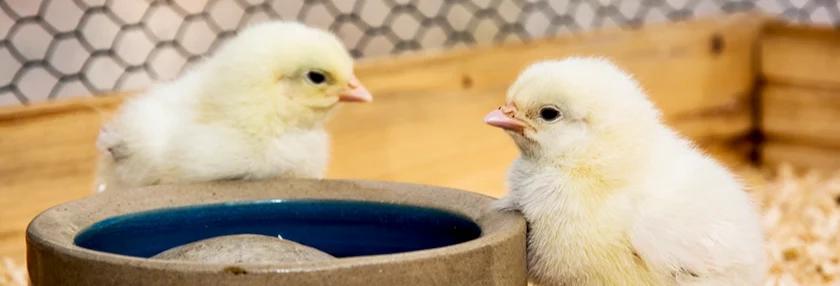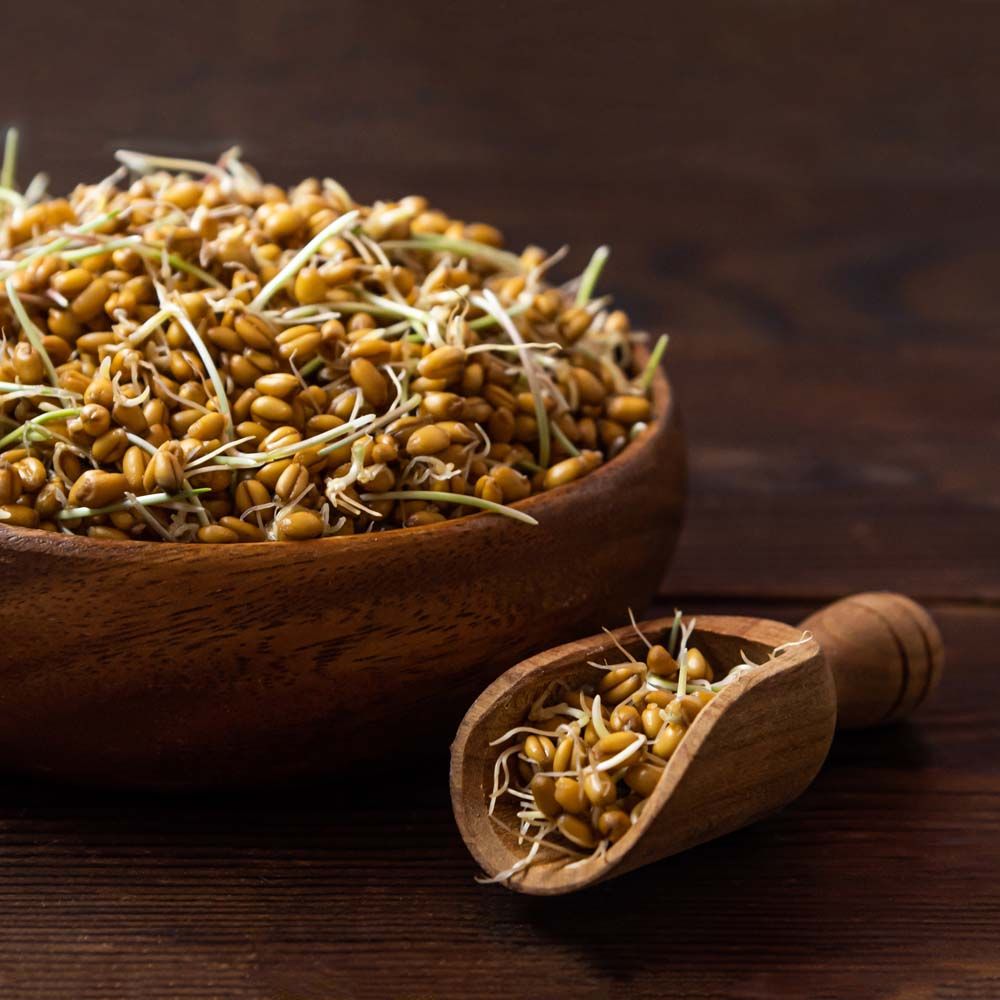Breed Focus: the Plymouth Rock
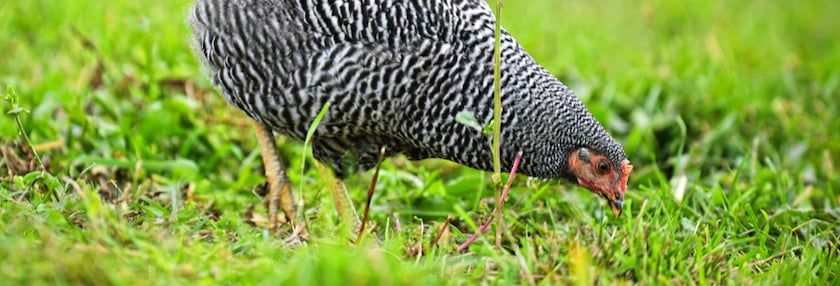

Why they are much more than a ‘lap chicken’
It’s one of America’s oldest chicken breeds, but didn’t come over on the Mayflower.
This dual-purpose chicken is a hearty egg producer, stately in stature and is known for having a sweet, calm and curious nature. We are talking about the Plymouth Rock chicken, and today they are found in many backyard chicken coops.
A bit of history
As mentioned, the Plymouth Rock is one of America’s oldest chicken breeds. Before the end of World War Two, it was the nation’s main source of chicken meat and eggs and it surpassed every other breed at the time in that regard. Sadly, the breed lost their popularity after the war when the chicken industry became mechanized.
These chickens were first recognized as a breed in Massachusetts in 1849—then, they just mysteriously disappeared for about 20 years. Finally, around 1869, a Mr. L.J. Upham of Worcester, Massachusetts began breeding barred males and Java hens in the attempt to create a breed with a lovely barred plumage and clean legs. As a result, Mr. Upham’s birds have become known as the ancestors of today’s Plymouth Rock.

Appearance and temperament
The plumage is probably the most recognizable feature of this stately bird. The feathers are loose, full, and have a “barred” appearance—literally black and white bars—giving them a slightly mottled or speckled appearance from a distance. The most common color is black and white (or variations like blue or grey); but they can also come in buff, silver, white, and rarer outfits like columbian or partridge.
They are rather heavy and stately birds, with hens weighing up to 7 pounds and roosters around 9 pounds.
There is another breed called the Dominque which is commonly mistaken for the Plymouth Rock. The main difference are the combs—Dominques' have a “rose comb” that is smaller and less pronounced, whereas Plymouth Rocks have a stately single comb. Dominques’ feather coloring are also a bit “fuzzier” whereas the Rocks’ coloring is more sharply defined.
Plymouth Rocks are curious and funny characters who love to explore their territory and follow their humans around…often begging for treats. They are friendly, social and calm—even the roosters!
These characteristics make them wonderful backyard pets or to raise for 4-H projects. Though they can be chatterboxes, they like to keep their gossip quiet instead of shouting across the yard…which should make your neighbors happy. They are also pretty poor flyers, so there’s no need for a security fence.
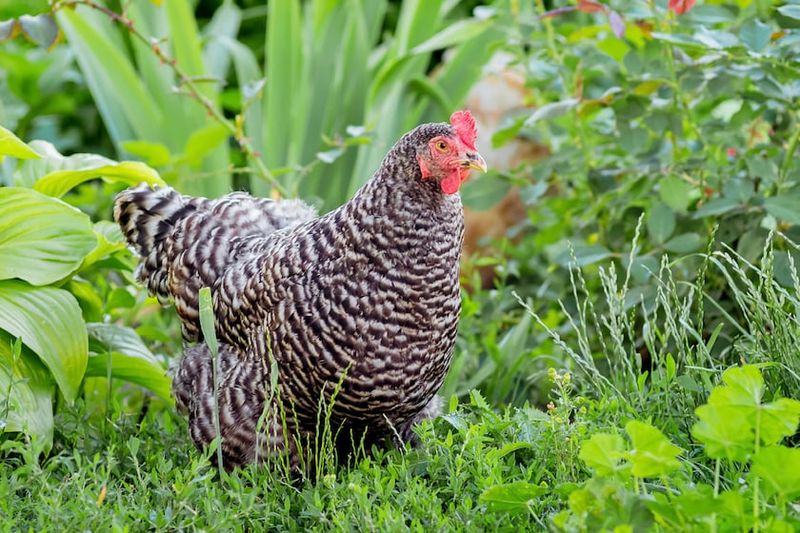
These chickens prefer to roam, but do take to confinement well enough if given plenty of space. They are also pretty cold-hardy, but their large combs will need extra attention in bitter cold weather. Usually all it takes a thick coat of Vaseline to stave off frostbite.
Egg production
Rock hens are respectable layers, providing an average of 200 eggs per year (or, about 4 eggs per week). Their eggs are light brown and large-sized. They have been known to lay well into their “senior” years!
They are not known to be broody but do make good sitters and mothers if encouraged.
So, should you get a Plymouth Rock?
If you are looking for a lovely, calm “lap chicken” who can provide you with a decent amount of eggs, who won’t pick on other members of the flock, and can tolerate a pretty wide range of weather types, then the Plymouth Rock is a good choice for you!
Tags:Chicken Chatter

Acreage Life is part of the Catalyst Communications Network publication family.





